Аспекты проведения международных клинических исследований
Фармацевтический вестник публикует отрывок интервью.
CW: Russia has become a popular location for clinical research, in part, because its centralized healthcare infrastructure allows for rapid patient recruitment and retention. What are some of the methods or processes that OCT uses to successfully recruit patients for its clinical trials?
Irina Petrova, OCT: In one example, we participated in a multicenter phase III respiratory infection trial to investigate the efficacy and safety of a drug in the form of a dose spray compared to the same drug in the form of lozenges. A total sample size of 440 randomized patients was required for the study. Trials with over-the-counter medications for indications such as the common cold or sore throat are always a challenge to recruit because patients are not motivated for participation in a study. They do not see any benefits compared to the inconveniences caused by all research studies, which include the time required to undergo various study procedures at the site and for follow-up visits. During cold season, there might be hundreds of potentially eligible patients with sore throat, but none of them would agree to be included in a clinical research study.
The key to successful recruitment was the right choice of investigative sites. It is important when selecting a site to discuss with investigators how they will motivate subjects, the consent process, recruitment procedures, experience in similar clinical trials and their resource capabilities. Can they maintain high recruitment speed throughout the cold season not compromising the quality of their work?
Another important factor was close contact between CRAs and investigative sites. CRAs provided every possible assistance to the sites so that they felt supported and were eager to enroll more subjects. We also assign a project manager for each project. Our project managers all have at least five years of clinical experience and their educational backgrounds range from biologists to medical doctors. Their strong monitoring skills let them predict problems, analyze trends and develop solutions for problems. We established a referral network as a contingency plan for this study, but due to the high recruitment rate, the plan was not implemented.
It was expected that it would take 18 months, or two cold seasons, to recruit the required number of patients. OCT managed to finish the enrollment in less than 12 months. A total of 15 investigational sites were initiated for the trial with approximately 27 patients enrolled per site. Moreover, the drop-out rate was only about 3%. The OCT team managed to achieve a 30% reduction in enrollment duration and improved the overall efficiency of the trial.
Usually, such rapid enrollment rates are associated with quality-related risks and delays in data collection. OCT eliminated these risks by developing a strategy in advance that allowed for quality control of investigator activities and an adequate data-recording schedule.




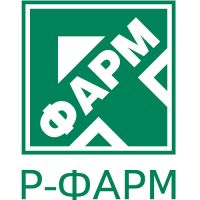


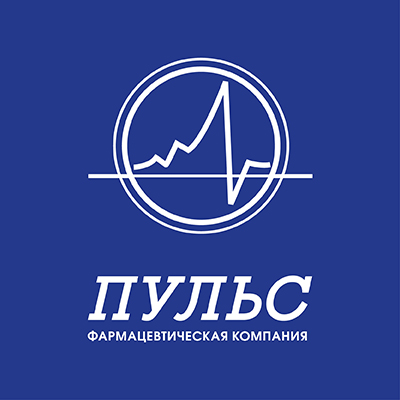

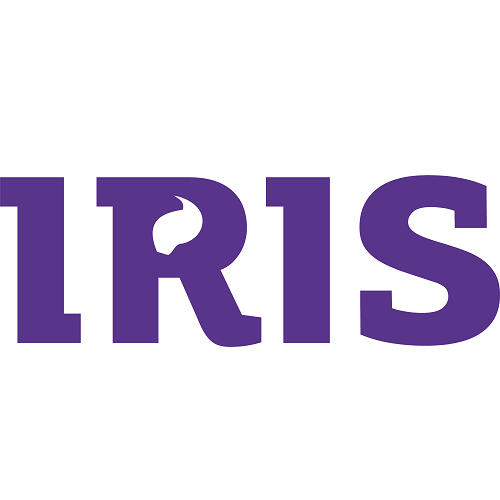
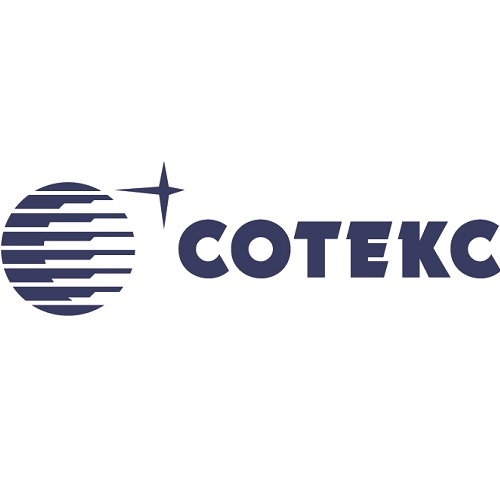
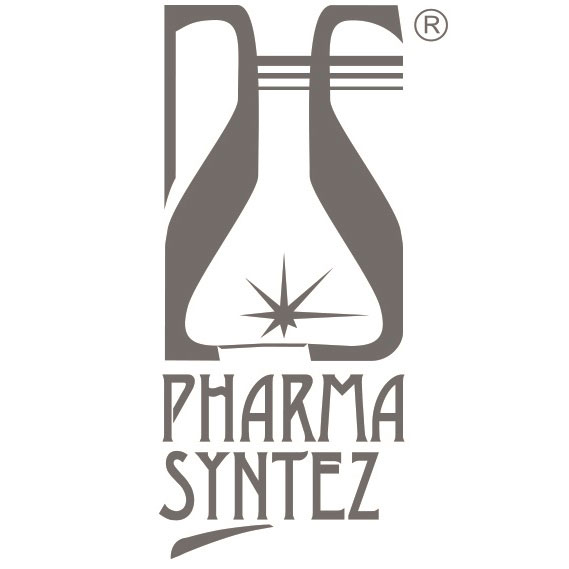


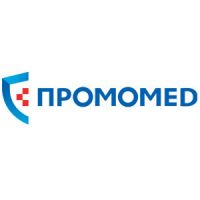
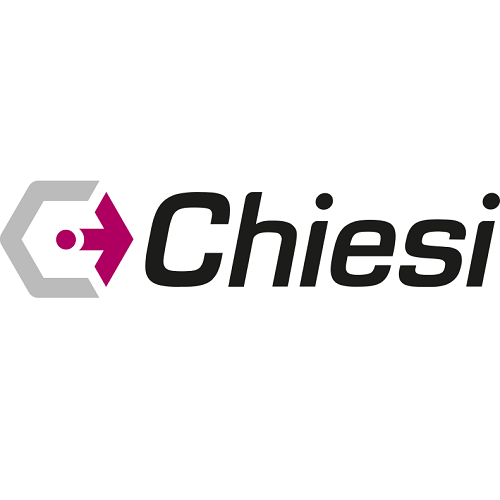

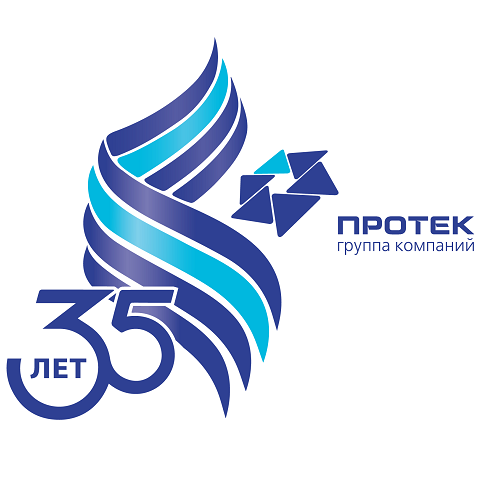
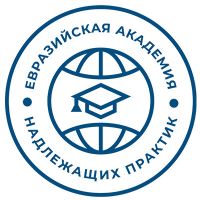
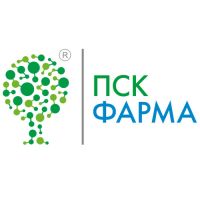
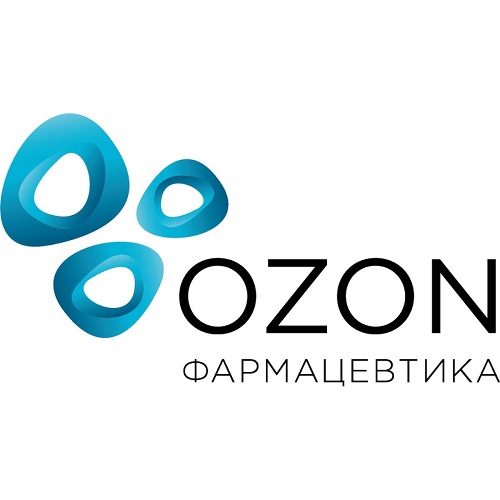





Нет комментариев
Комментариев: 0